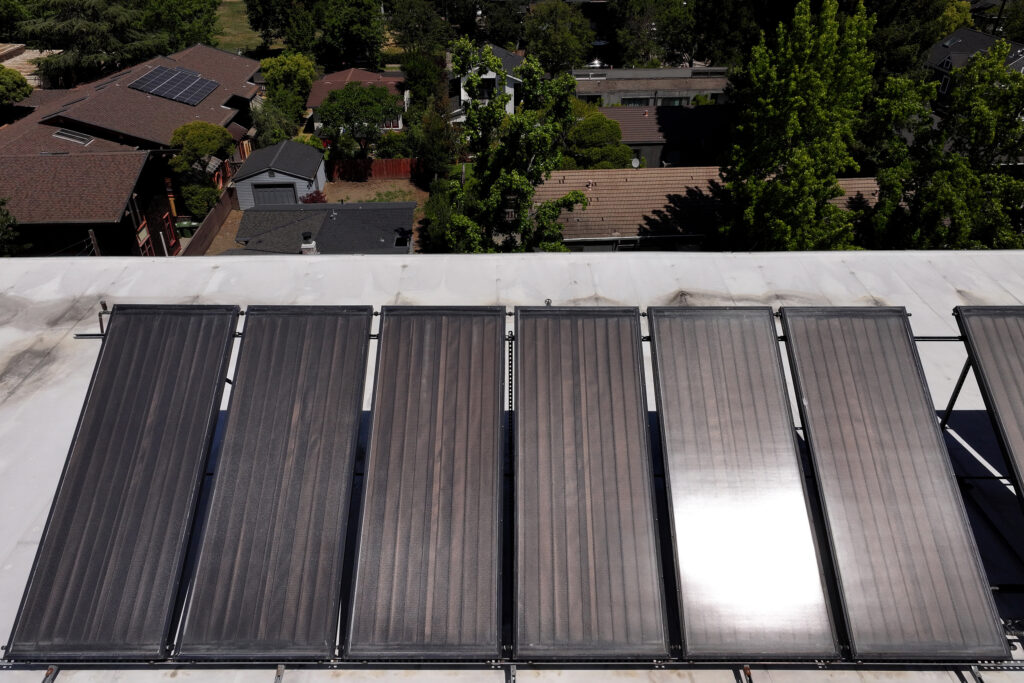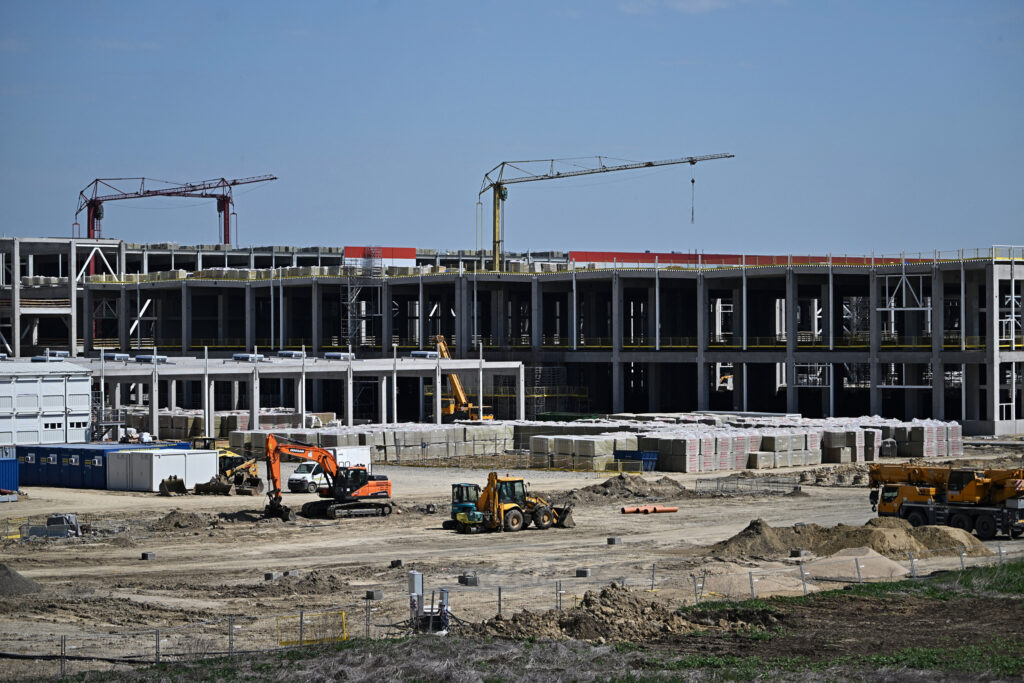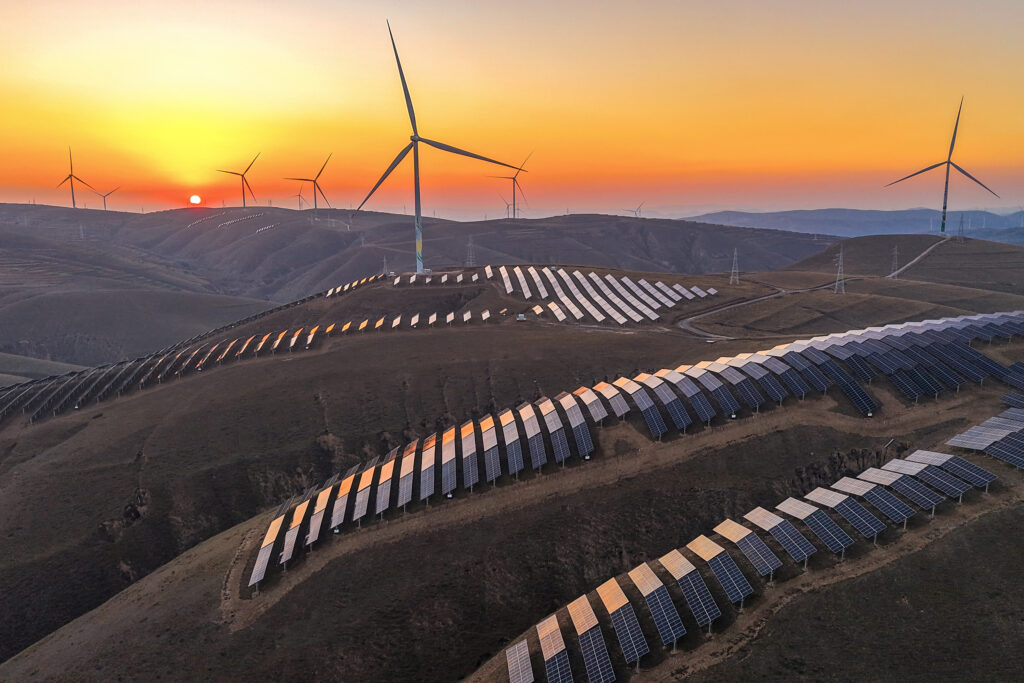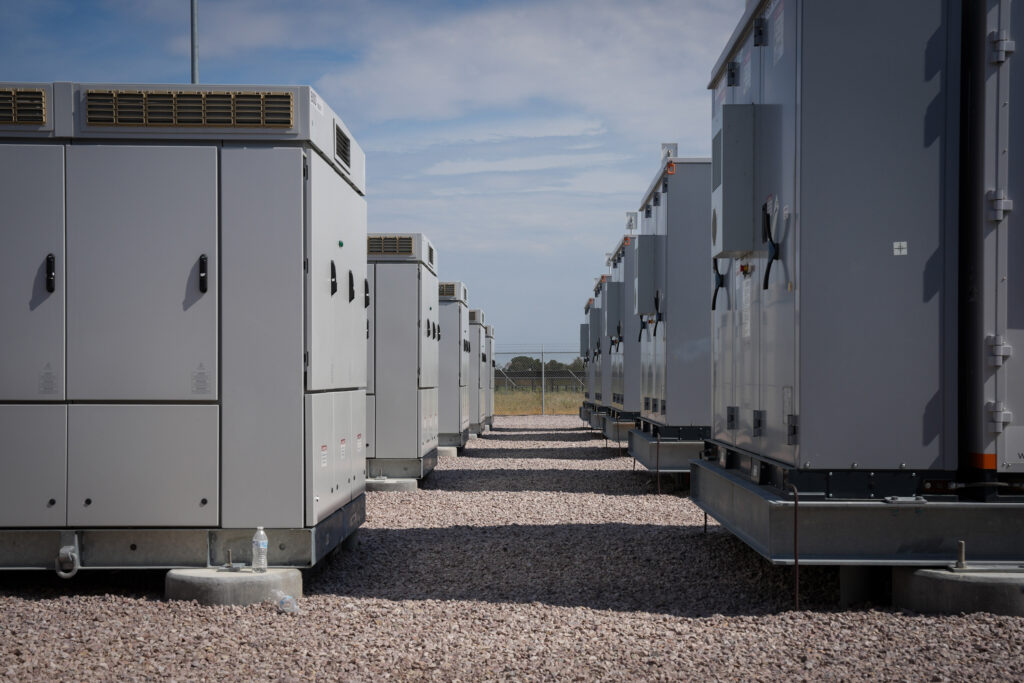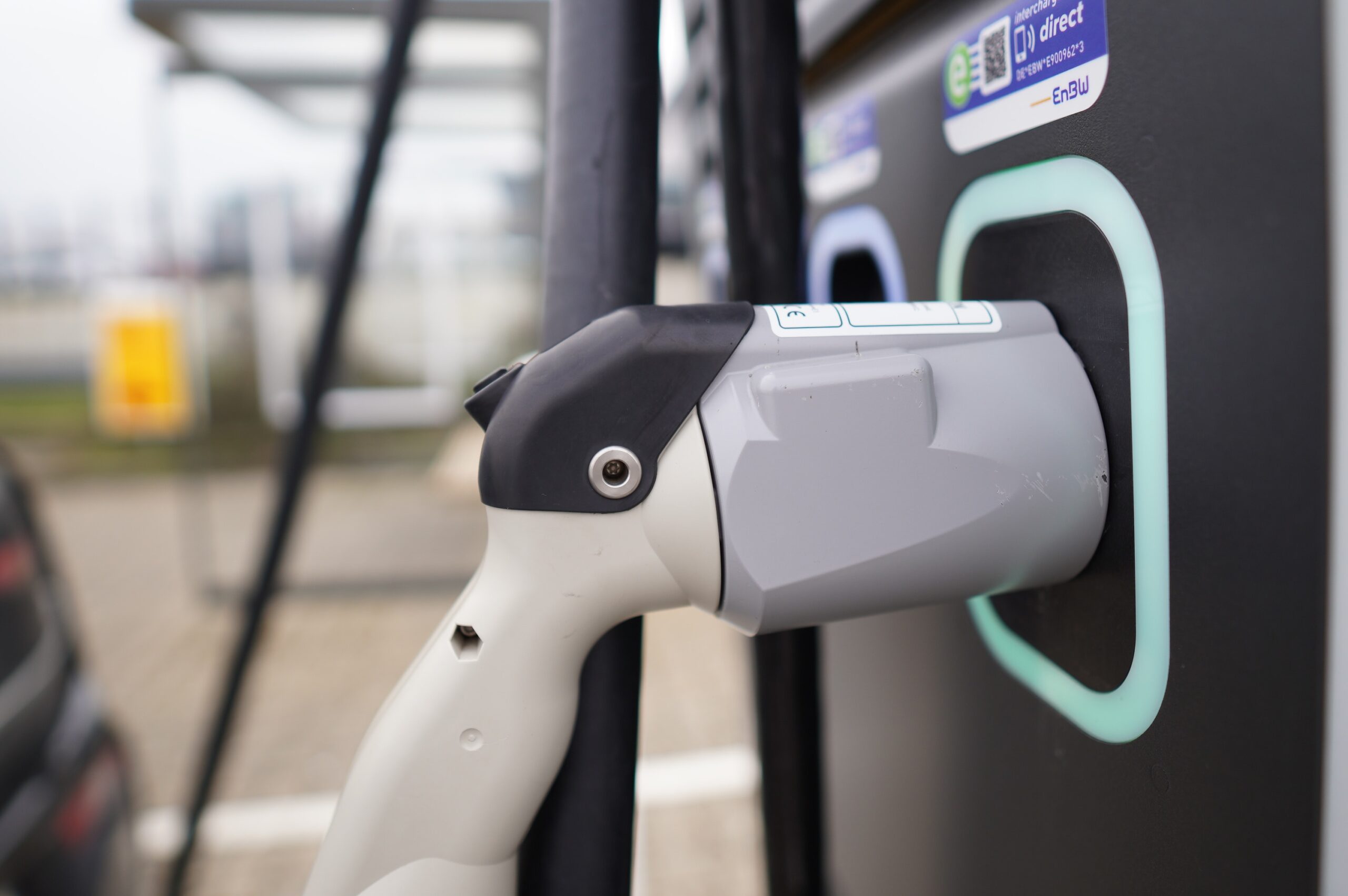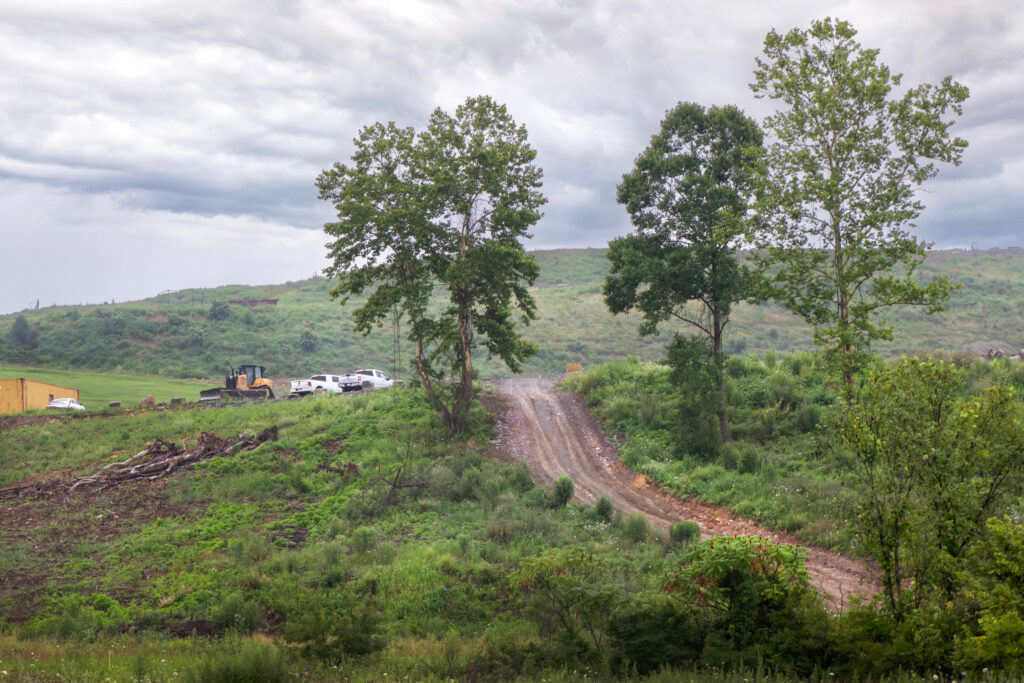Illinois saw unprecedented solar growth in 2024, adding 2.5 gigawatts of capacity to nearly double its total generation potential from the year before. But this year, the state faces some big speed bumps.
A budget reconciliation bill passed by Republicans in the U.S. House of Representatives in late May, now under consideration in the Senate, would gut nearly all the clean-energy incentives laid out in former President Joe Biden’s 2022 climate law, the Inflation Reduction Act. Among other cuts, President Donald Trump’s “One Big Beautiful Bill” seeks to end a tax credit for home solar systems, an incentive previously slated for phaseout in 2034.
“At a time when billions of dollars are being invested in states that overwhelmingly voted for President Trump, this proposed legislation will effectively dismantle the most successful industrial onshoring effort in U.S. history,” national trade group Solar Energy Industries Association said in a statement.
A March report by the group and consulting firm Wood Mackenzie projected that a federal tax credit reduction would prompt a 25 percent drop in total solar installations by 2035. Yet, environmentalists have hope that this won’t be Illinois’ future.
With the passage of the Climate and Equitable Jobs Act in 2021, Illinois set a path toward 100 percent carbon-free energy usage by 2050. Solar energy is playing a significant part: As of May 2025, the state has 4.6 gigawatts of operating solar capacity, with an additional 6.1 gigawatts either planned or under construction, according to the Illinois Clean Jobs Coalition. Together, that’s more than six times the capacity of the state’s largest coal plant.
Illinois Shines, the state’s incentive program for on-site and community solar, is funded through a dedicated line item on ratepayer electric bills, noted Samira Hanessian, director of energy policy for the Illinois Environmental Council, an umbrella group for a range of state-based advocacy organizations.
Illinois Solar for All, a state program designed to help low- and moderate-income households go solar, is funded through the state’s 2021 jobs act and its 2016 Future Energy Jobs Act. The initiative also receives a portion of a federal grant from EPA’s Solar for All program.
“We are seeing a massive boom through community solar—anything through the Illinois Shines program has been a success,” said Hanessian. “There is a track record of solar in the state, and we are ripe for making progress. It just comes down to cost and time with other renewable energy resources. Where it may take 30 years to stand up a new nuclear plant, we can get solar established much faster.”
But it’s up to the state to keep pushing now that the federal government is reversing course, officials with the Illinois Environmental Council say. Solar advocates faced a setback when the Illinois General Assembly failed to pass the Clean and Reliable Grid Affordability Act in the spring session, which ended May 31. The legislation would have supported grid-enhancing innovations, new energy storage, a virtual power plant program and an office of energy modeling tasked with forecasting future renewable energy demands.
The bill’s failure was a letdown for Will Kenworthy, senior regulatory director for the Midwest at the nonprofit solar energy advocacy group Vote Solar. However, he is heartened by programs like Illinois Shines, which is currently offering financing for 800 megawatts of solar capacity across a range of project categories.
And Vote Solar is among the groups that plan to push for passage of a clean-energy bill during the fall veto session.
“Right now, we are taking a breath and figuring out where we are,” Kenworthy said. “Major stakeholders had come to an agreement on parts of the bill. Let’s make [those components] even better.”
Funding Is in Place—for Now
Continued demand for solar gives Hanessian of the state environmental council reason for optimism. In 2024, Illinois’ new solar capacity was surpassed only by California, Florida and Texas, according to the Solar Energy Industries Association.
The state’s 2016 and 2021 energy jobs laws are key reasons for that, Hanessian said. The earlier law created both Illinois Shines and Illinois Solar for All.
Illinois funds renewable energy projects through a monthly charge on electricity bills. The 2021 jobs act increased this funding from $235 million to over $580 million annually, although a recent forecast by the Illinois Power Agency shows a potential budget shortfall by 2028.
This story is funded by readers like you.
Our nonprofit newsroom provides award-winning climate coverage free of charge and advertising. We rely on donations from readers like you to keep going. Please donate now to support our work.
Donate Now
Funding isn’t the only headwind for the clean-energy transition. Electricity-hungry data centers are driving demand for faster energy development, even as renewables wait in a long queue to connect to the regional grid.
But funding does matter. And for now, Illinois has sufficient dollars to keep expanding its solar initiatives, Hanessian said. Illinois’ renewable portfolio standard, or RPS, serves as the state’s metric for tracking its green energy goals, she added.
“When it comes to renewable energy projects that count toward the RPS, there is funding in place,” Hanessian said. “In broad strokes, we are doing a pretty great job in Illinois with solar. Whatever opportunities we can forage for ourselves to maintain this path and increase deployment, the better.”
Staying the Course
Chicago-based Windfree Solar, which installs thousands of rooftop solar systems each year, launched in 2009 to establish small-scale wind and solar installations for schools and businesses. Founder Doug Snower quickly saw ripple effects.
“Doing pilot projects for schools turned into interest from the parents for wind and solar,” said Snower. “We got some press, then started getting calls from more home and business owners.”
Many of Snower’s early customers were affluent residents able to pay cash for rooftop systems. The introduction of the federal renewable energy credits expanded the market.
“It was about keeping up with the Joneses,” Snower said. “Customers saw it on the roofs of other people, then started talking about incentives. It went from wealthy customers to anyone who wanted to get into this program could do it.”
The federal budget reconciliation bill could dry up Windfree’s residential business. But Snower said he has numerous shovel-ready commercial projects in his portfolio.
“Looking ahead, I’m certain that community solar growth here will be substantial for many years,” Snower said. “Between now and 2050, there will be community solar no matter what.”
It will be up to Illinoisans to keep the momentum going, environmental groups say.
“The [Trump] bill would cut all we accomplished with the Inflation Reduction Act,” said Tucker Barry, chief communications officer with the Illinois Environmental Council. “It’s an unfortunate reality that bolsters why we have to take the next bold steps to modernize our grid and make state-level investments for renewables. This is where we have the chance to make progress at this point.”
About This Story
Perhaps you noticed: This story, like all the news we publish, is free to read. That’s because Inside Climate News is a 501c3 nonprofit organization. We do not charge a subscription fee, lock our news behind a paywall, or clutter our website with ads. We make our news on climate and the environment freely available to you and anyone who wants it.
That’s not all. We also share our news for free with scores of other media organizations around the country. Many of them can’t afford to do environmental journalism of their own. We’ve built bureaus from coast to coast to report local stories, collaborate with local newsrooms and co-publish articles so that this vital work is shared as widely as possible.
Two of us launched ICN in 2007. Six years later we earned a Pulitzer Prize for National Reporting, and now we run the oldest and largest dedicated climate newsroom in the nation. We tell the story in all its complexity. We hold polluters accountable. We expose environmental injustice. We debunk misinformation. We scrutinize solutions and inspire action.
Donations from readers like you fund every aspect of what we do. If you don’t already, will you support our ongoing work, our reporting on the biggest crisis facing our planet, and help us reach even more readers in more places?
Please take a moment to make a tax-deductible donation. Every one of them makes a difference.
Thank you,




